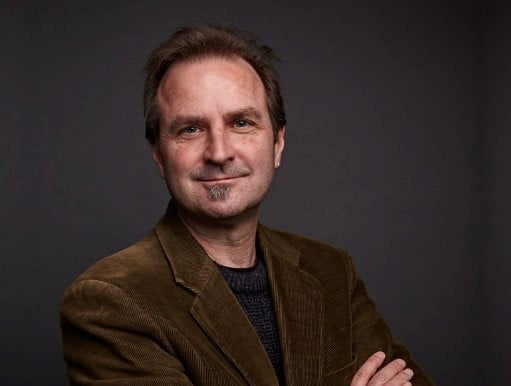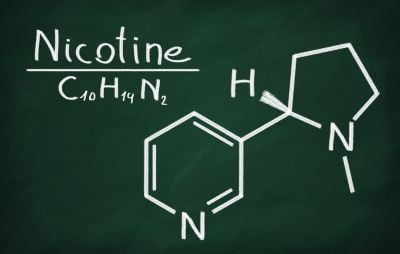Different narratives, conflicting reports on the consequence of the use of nicotine, ambiguous choices by lawmakers. Many consumers lost confidence in governments, international institutions, and scientists because of lack of information on smoking cessation products. Why there is a struggle for consumers to find reliable and consistent information about electronic cigarettes and alternative nicotine delivery systems?
Catania Conversation discusses with Charles Gardner, expert in institutional communication and Chief Executive Officer of the International Network of Nicotine Consumer Organizations (INNCO), an international NGO that supports and represents the rights of over ninety million consumers in thirty-five countries.

“I am confident that e-cigarettes and other smokeless electronic nicotine delivery systems will eventually be adopted by governments and public institutions. I believe it is only a matter of time.” Charles Gardner, Chief Executive Officer INNCO
Mr Gardner, why there is an “information gap” between the scientific community and consumers when it comes to Tobacco Harm Reduction?
There are several reasons behind this trend. Firstly, the struggle that lasted over forty years against Big tobacco, which in last decades have massively influenced scientific research to introduce a “scientific doubt” regarding the toxicity of their products. A struggle that helped the creation of a narrative that demonized the use of nicotine and undermined the credibility of any information emanating from the Big Tobacco. Today, however, this is no longer the case since the importance of harm reduction has also been understood within the tobacco industry. Secondly, the lack of knowledge of part of the scientific community about cigarette substitutes and the false beliefs, with no scientific ground, that nicotine is the cause of cancer and lung diseases. Finally, the inadequate information that consumers receive from public institutions about the benefits and risks of alternative products. Although there are data available these kinds of information are buried and very difficult to access. The main consequence is that users aren’t able to make an informed choice, while millions of smokers see denied the opportunity to quit.
Communication and politics are too often inextricably connected: what are the chances this situation can be changed for the benefit of all?
When you produce scientific evidence you also formulate politics. Like scientific research, politics should change and improve over time becoming more efficient and reliable. However, what I have learned in the last three years is that what happens is quite the opposite, mainly because to develop the approach to a particular policy you must first change the perception of public opinion. Through the combination of scientific evidence, personal stories, and practical demonstrations you can achieve a result. This is exactly what occurred during the three decades in which drug harm reduction policies have been gradually implemented. The application of methadone as an alternative therapy for people addicted to heroin, or the introduction of legal cannabis for specific diseases, are historical events that were supported by these three factors. Similarly, nicotine has beneficial characteristics that are not discussed enough and that should be presented to the general public in order to explain its positive use within Tobacco Harm Reduction. Nicotine has been proved effective in preventing Parkison and dementia with relatively low health risks. For this reason, I am confident that e-cigarettes and other smokeless electronic nicotine delivery systems will eventually be adopted by governments and public institutions. I believe it is only a matter of time.
Although 80% of global smokers are concentrated in low and middle income countries, international institutions continue to deny or prevent the development of harm reduction policies in these countries. Is there a specific reason for that?
Tobacco Harm Reduction is still in its early stage despite there are millions of deaths from smoking every year. Hundreds of millions of people in these countries continue to use nicotine in its most toxic form – through combustible cigarettes or other tobacco products. Nicotine is present and, despite bans and restrictions, the problem of addiction will not go away. The paternalistic idea behind the approach of the World Health Organization, which believes these nations are not ready to regulate such products, is absolutely out of place and will not solve the problem.
What are the best practices researchers should follow in order to provide scientific information capable of influencing governments and consumers?
During my work experience, I cooperated with many researchers in Africa, Asia, Latin America, on studies conducted for diseases such as HIV, malaria, dengue fever, rabies, children diseases, and malnutrition. What I normally organized was the establishment of a communication office for that project to be combined with research on the ground. Unfortunately, many scientists have a bad habit of thinking that once their research is finished and published, their work is done. The idea behind the communication branch was to organizing conferences and meetings that would enable researchers to “bring out” their work and reach as many people as possible. Too often scientists are extremely qualified at communicating with each other but not good enough to reach the general public. Simple and clear language is what you require when you need to explain your research and findings to a broader audience.






